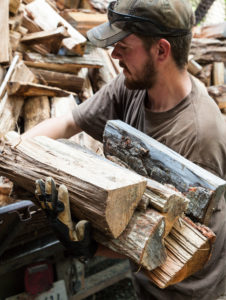The UW-Madison Plant Disease Diagnostics Clinic (PDDC) provides expertise in diagnosing plant diseases, and information on plant diseases and their control to agricultural and horticultural producers and businesses, as well as home gardeners, throughout the state of Wisconsin.
If you are interested in receiving regular updates on the educational materials and programs provided by the PDDC, please email Brian Hudelson at pddc@wisc.edu to have your email address added to the new clinic listserv, “UWPDDCLearn”. This listserv will provide announcements of when new content is posted to the PDDC website (https://pddc.wisc.edu/), including (but not limited to) new and revised University of Wisconsin Garden Facts/Farm Facts/Pest Alerts fact sheets, the Wisconsin Disease Almanac (a weekly summary of diagnoses made at the PDDC) and monthly clinic web articles. The listserv will also provide announcements about upcoming PDDC outreach programs.
Continue reading “New UW-Madison Plant Disease Diagnostics Clinic listserv”

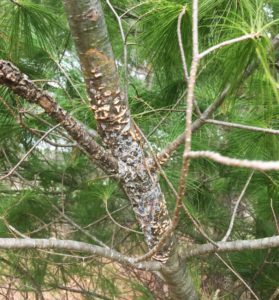
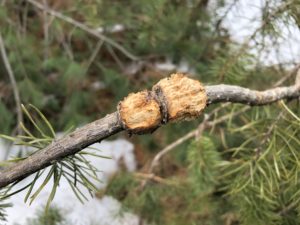

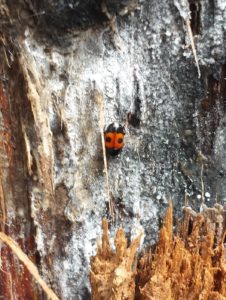
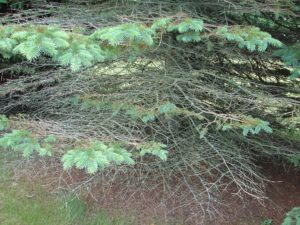
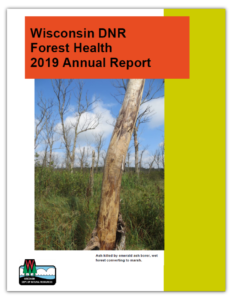 The DNR Forest Health team recently completed the
The DNR Forest Health team recently completed the 